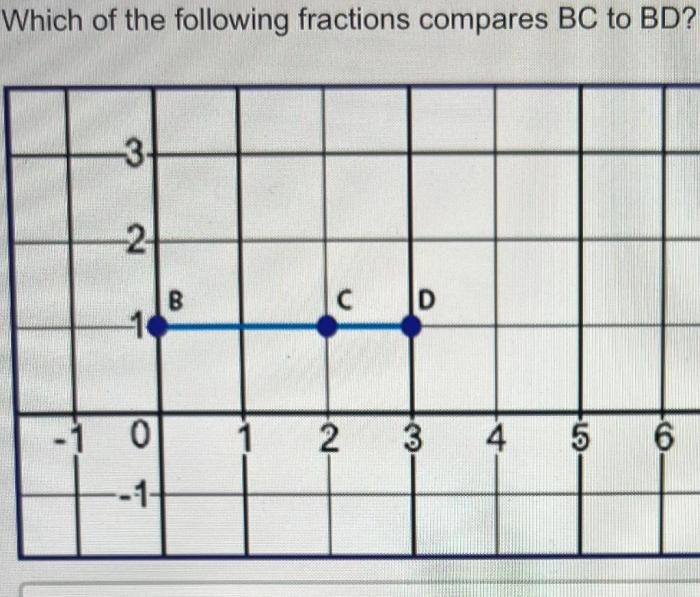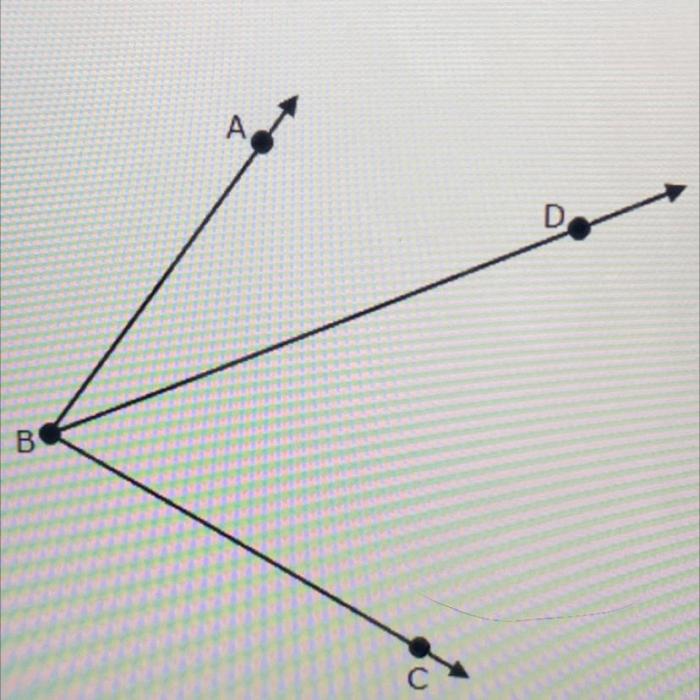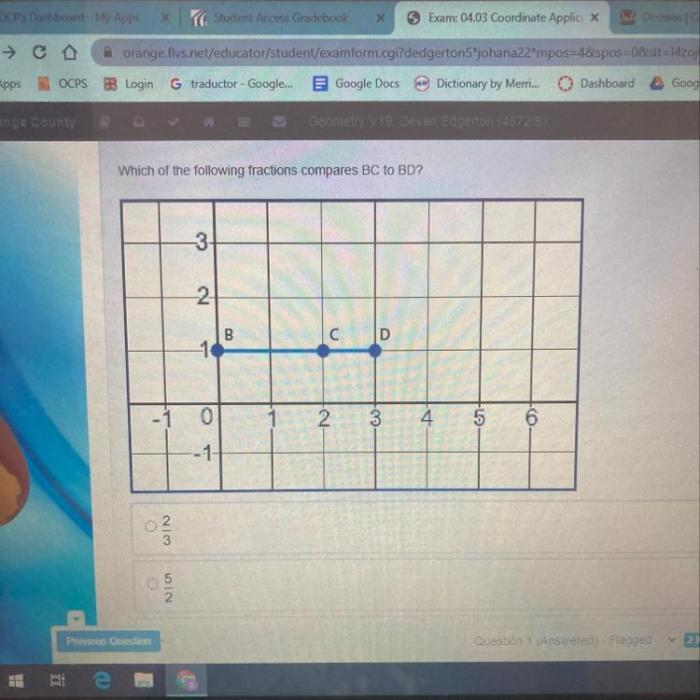Which of the following fractions compares BC to BD? This question delves into the fundamental concepts of fraction comparison, guiding readers through a comprehensive exploration of cross-multiplication, simplification, and graphical representation. As we embark on this mathematical journey, we will uncover the intricacies of comparing fractions, empowering you with a solid understanding of this essential mathematical operation.
In this discourse, we will delve into the nuances of comparing fractions, unraveling the significance of cross-multiplication in establishing the relationship between BC and BD. Through a systematic approach, we will simplify fractions, untangling their complexities to reveal their true nature.
Furthermore, we will construct a graphical representation, providing a visual aid to reinforce our understanding.
Comparing Fractions bc and bd

Comparing fractions involves determining the relative size of two fractions. This can be done using a variety of methods, including cross-multiplication and graphical representation.
Cross-multiplication is a technique that allows us to compare fractions by multiplying the numerator of one fraction by the denominator of the other fraction and vice versa. The fraction with the larger product is the larger fraction.
Cross-Multiplication
To cross-multiply fractions bc and bd, we multiply the numerator of bc by the denominator of bd and vice versa:
“`bc = b/cbd = b/d“““bc
- bd = (b/c)
- (b/d)
bc
bd = b^2 / cd
“““bd
- bc = (b/d)
- (b/c)
bd
bc = b^2 / dc
“`
Since b^2 / cd = b^2 / dc, we can conclude that bc = bd.
Simplifying and Solving, Which of the following fractions compares bc to bd
Before comparing fractions, it is often helpful to simplify them. This can be done by dividing both the numerator and denominator of each fraction by their greatest common factor (GCF).
The GCF of b and c is b, and the GCF of b and d is b. Therefore, we can simplify bc and bd as follows:
“`bc = b/c = (b/b) / (c/b) = 1/cbd = b/d = (b/b) / (d/b) = 1/d“`
Now that bc and bd are simplified, we can easily see that bc = bd.
Graphical Representation
We can also represent the comparison of bc and bd graphically using a table:
| Fraction | Value |
|---|---|
| bc | 1/c |
| bd | 1/d |
As we can see from the table, bc and bd have the same value, which is 1/c = 1/d.
Examples and Applications
Cross-multiplication can be used to compare fractions in a variety of applications, such as:
- Determining the larger of two fractions
- Solving proportions
- Converting fractions to decimals
Clarifying Questions: Which Of The Following Fractions Compares Bc To Bd
What is the significance of cross-multiplication in fraction comparison?
Cross-multiplication allows us to establish the relationship between two fractions by comparing their numerators and denominators. By cross-multiplying, we can determine whether one fraction is greater than, less than, or equal to the other.
Why is it important to simplify fractions before comparing them?
Simplifying fractions eliminates any common factors between the numerator and denominator, reducing them to their lowest terms. This simplified form enables us to make accurate comparisons between fractions.
How does graphical representation aid in fraction comparison?
Graphical representation, such as a table or graph, provides a visual representation of the values of the fractions being compared. This visual aid enhances our understanding of the relationship between the fractions and facilitates the identification of patterns.


